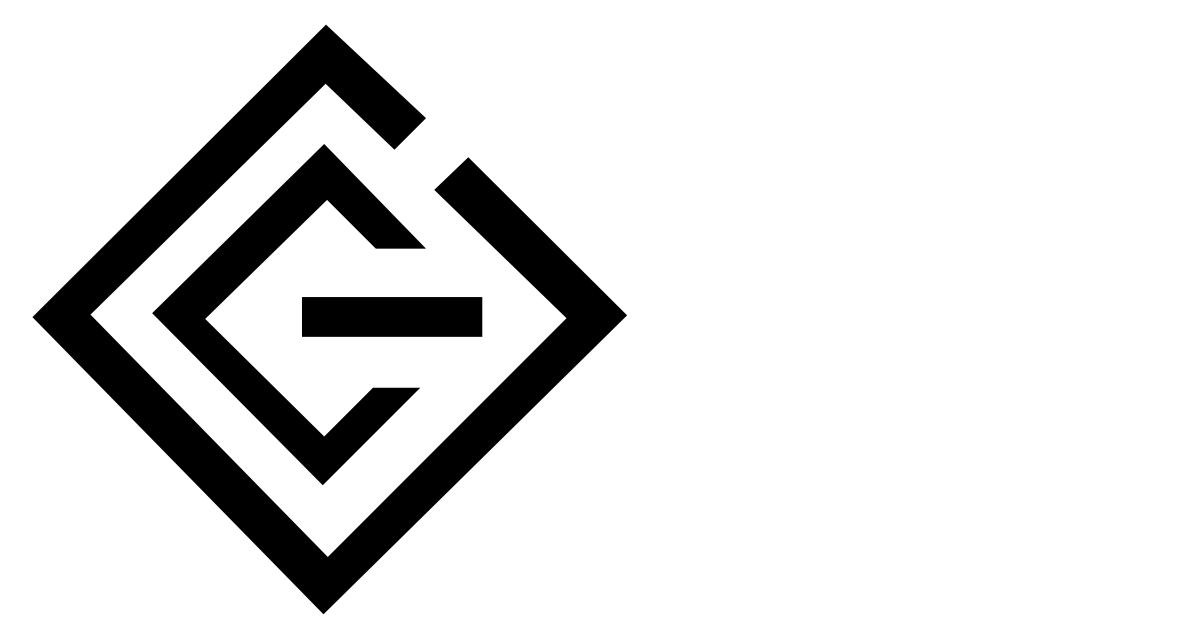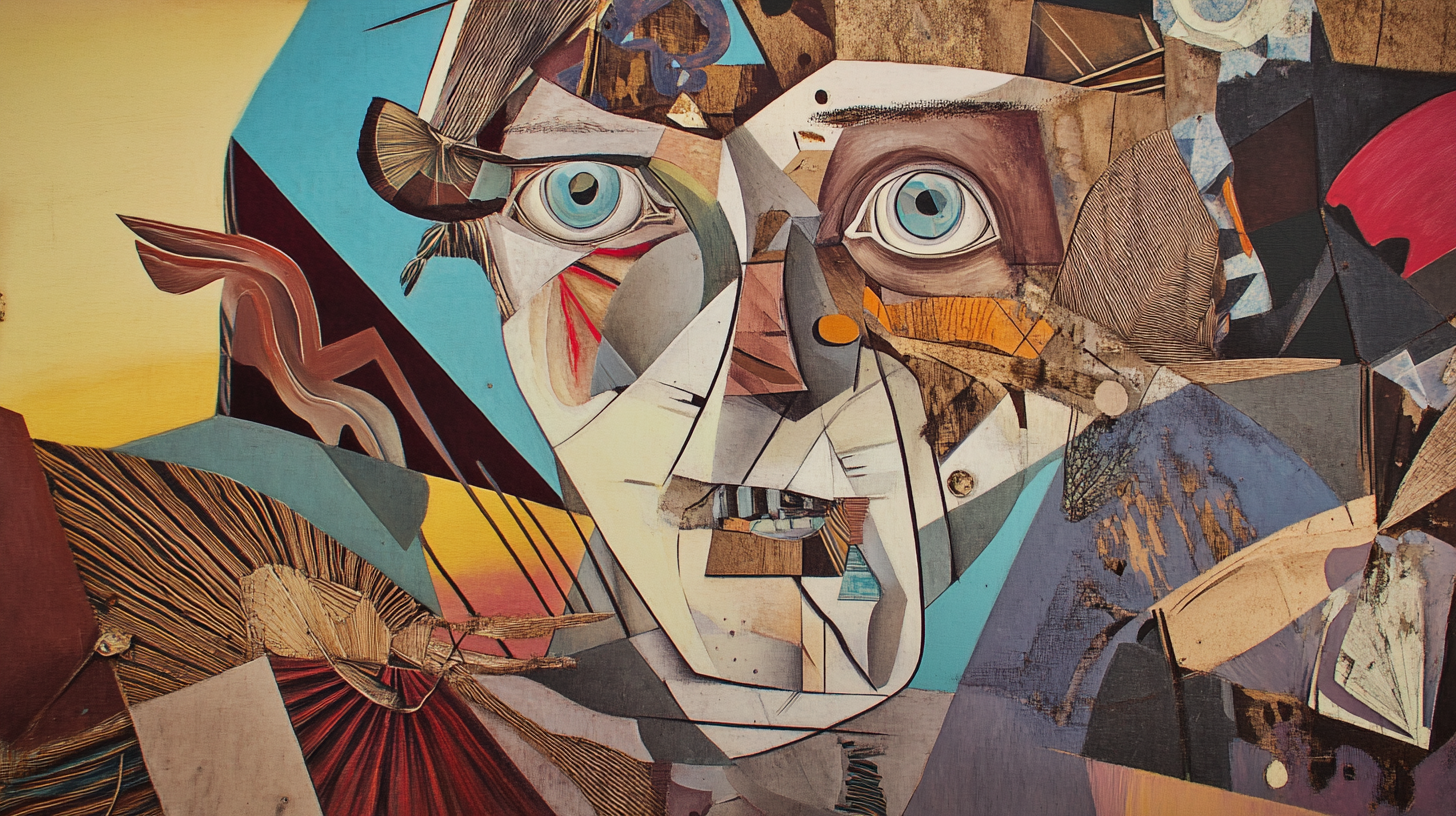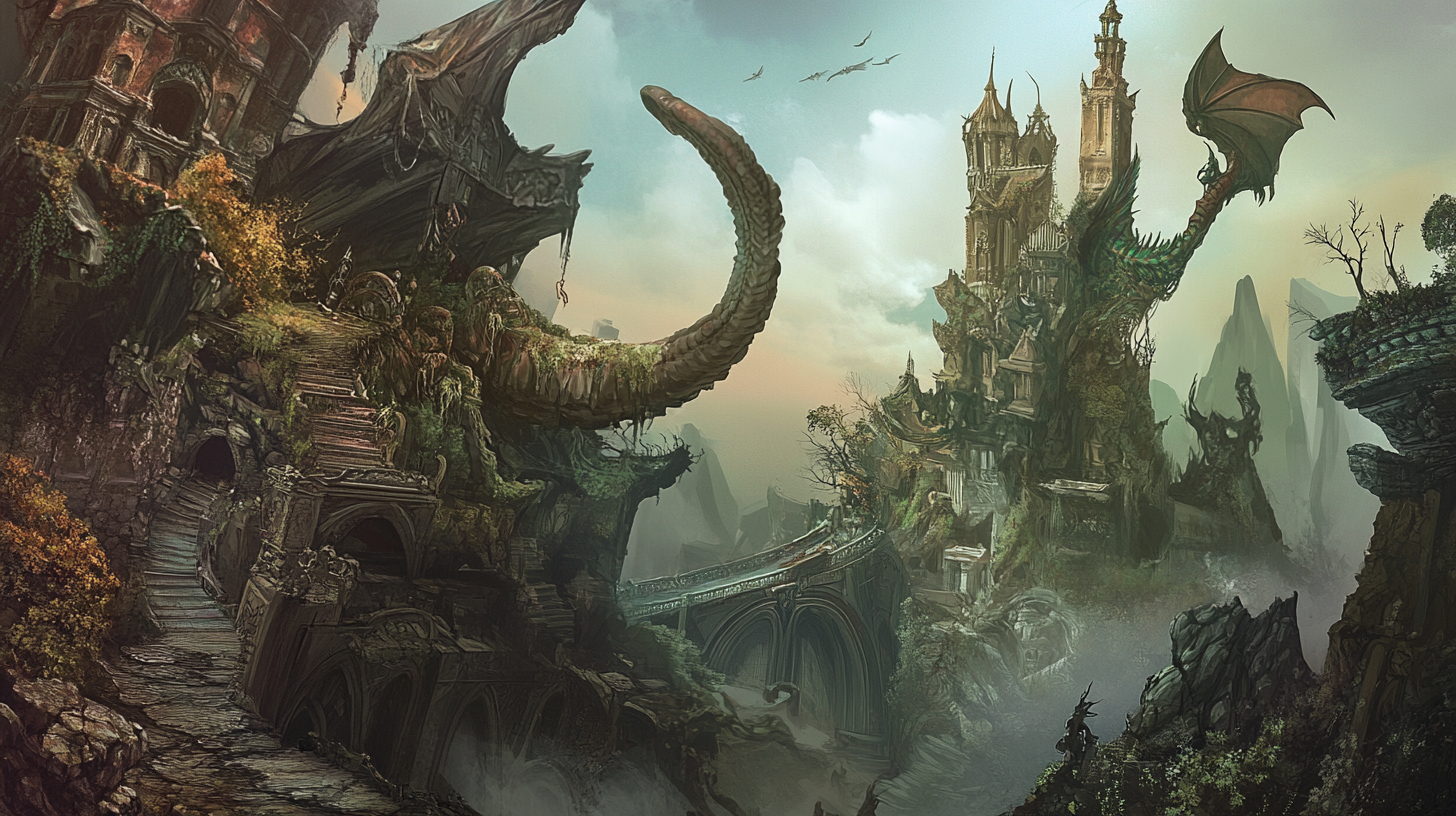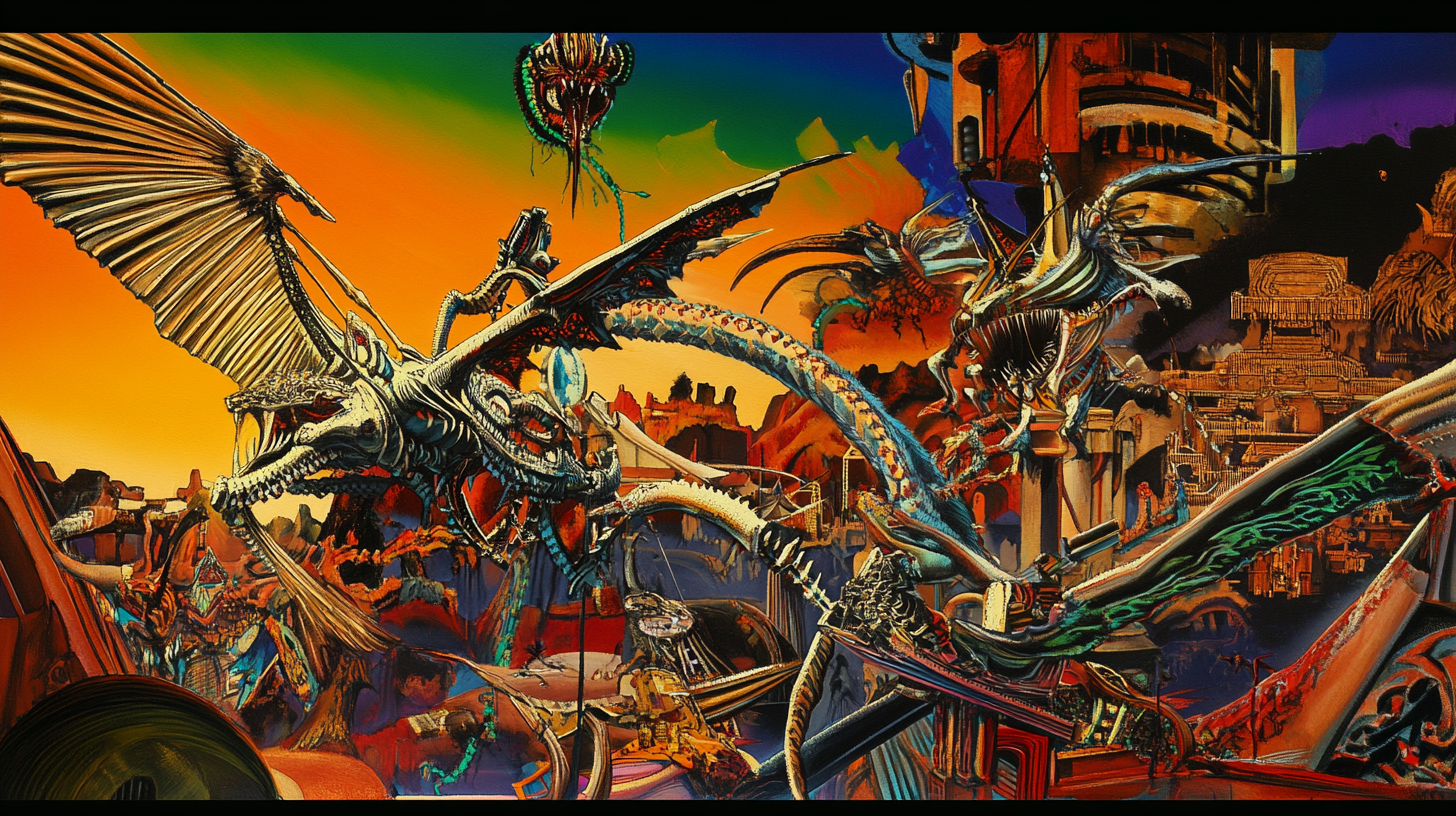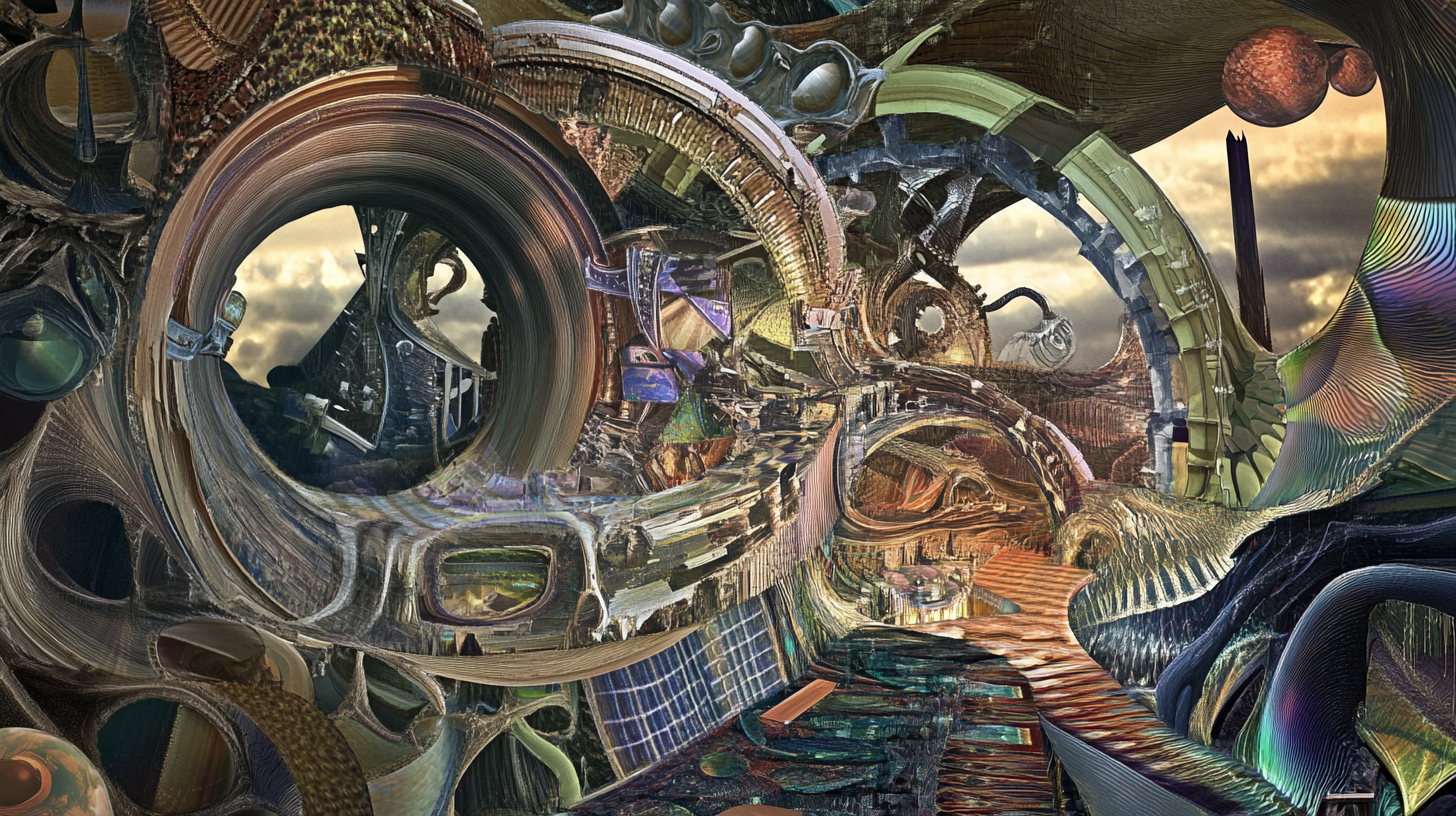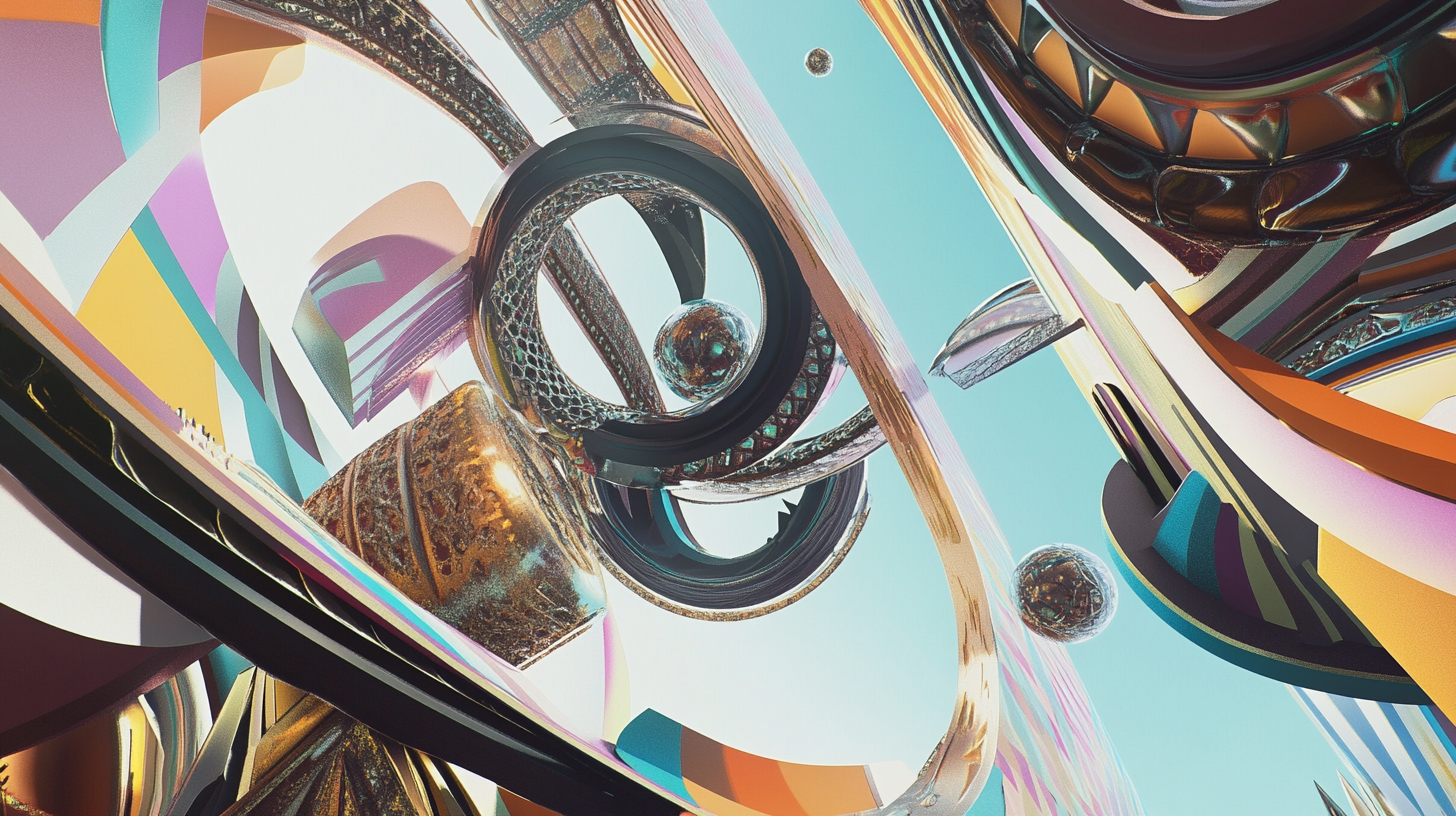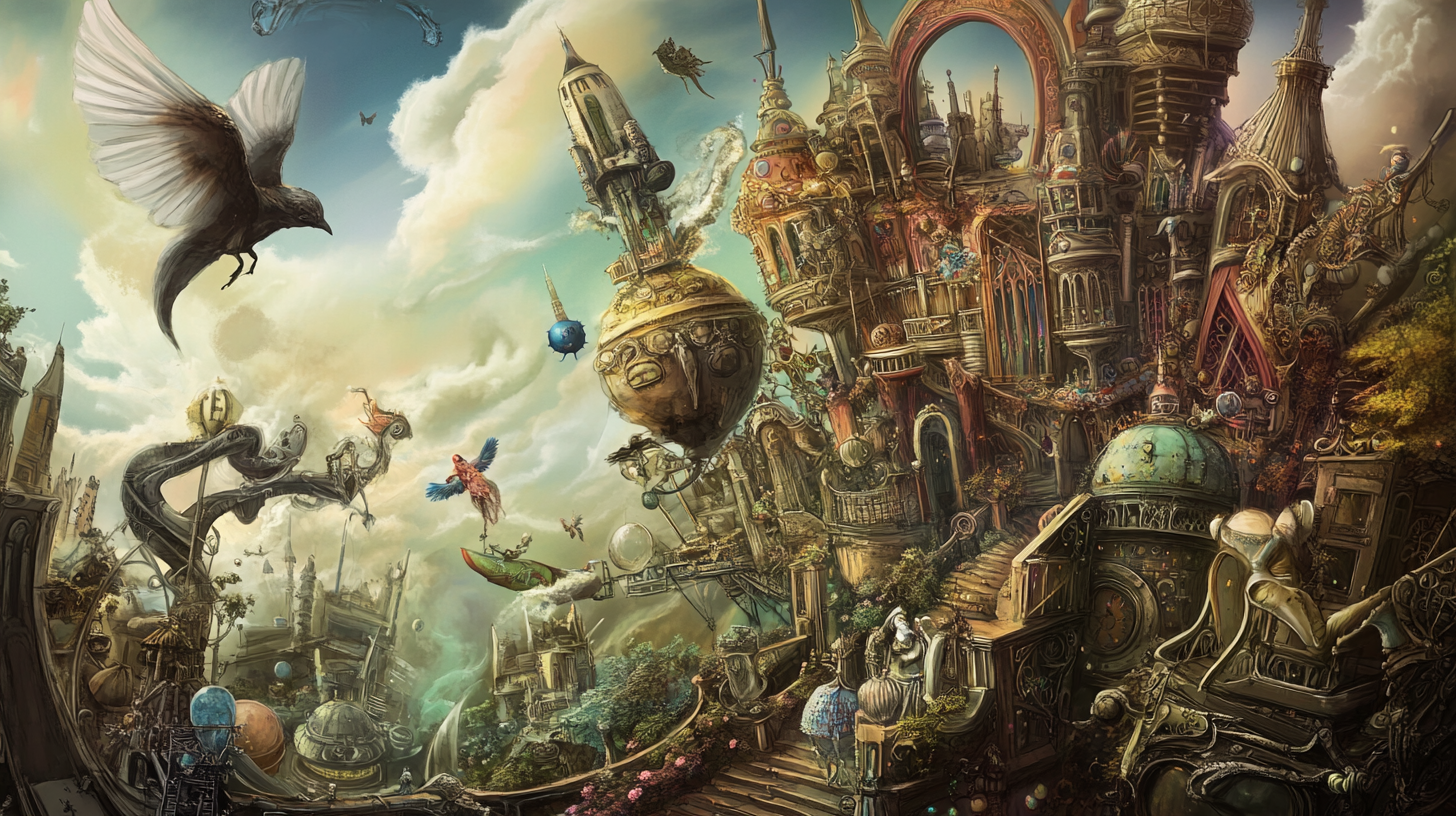Photorealism
 AI-Generated ImageAI-Generated Image
AI-Generated ImageAI-Generated Image Photorealism is an art movement devoted to replicating the look and precision of high-resolution photography with remarkable accuracy. Emerging in the late 1960s and early 1970s, it celebrated technical mastery, sharp focus, and meticulous attention to light and texture. Artists used photographs as references to create works so precise they seemed indistinguishable from reality itself. Today, AI photorealism generators and AI realism in media extend this pursuit of perfection, allowing the Output.GURU AI creative generator to craft AI-generated art that captures the same breathtaking clarity once achieved only by hand — blending human vision with machine precision.
Common subjects include urban scenes, portraits, vehicles, glass, metal, and reflective surfaces, rendered with meticulous care to light, texture, and perspective. Unlike traditional realism, Photorealism embraces the visual language of the camera—depth of field, lens distortion, and photographic framing.
In AI-generated and digital contexts, Photorealism is used to produce lifelike imagery that blurs the line between simulation and reality—ideal for virtual environments, concept art, architectural visualization, and any project that demands hyperreal fidelity.
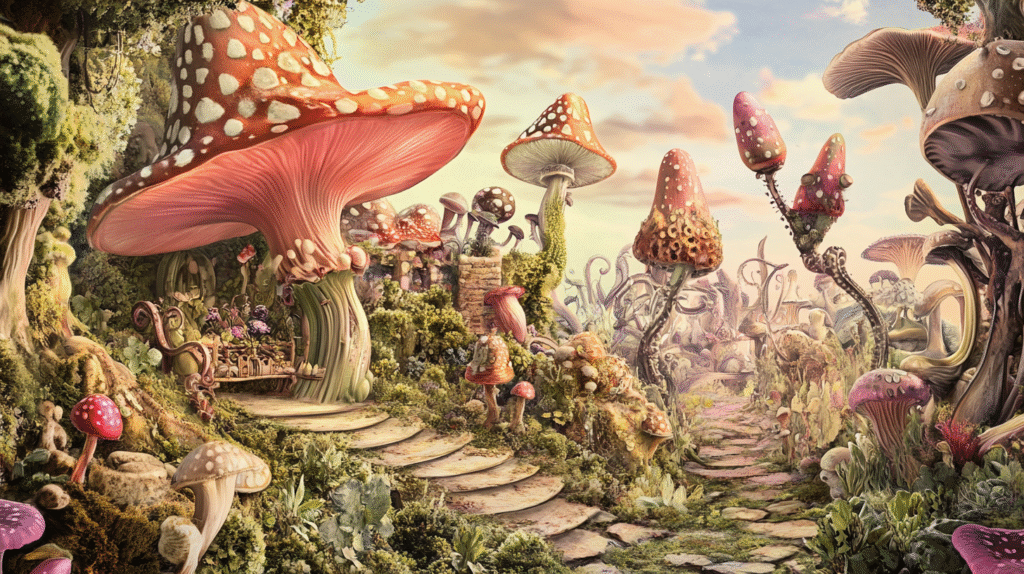 AI-Generated Image
AI-Generated Image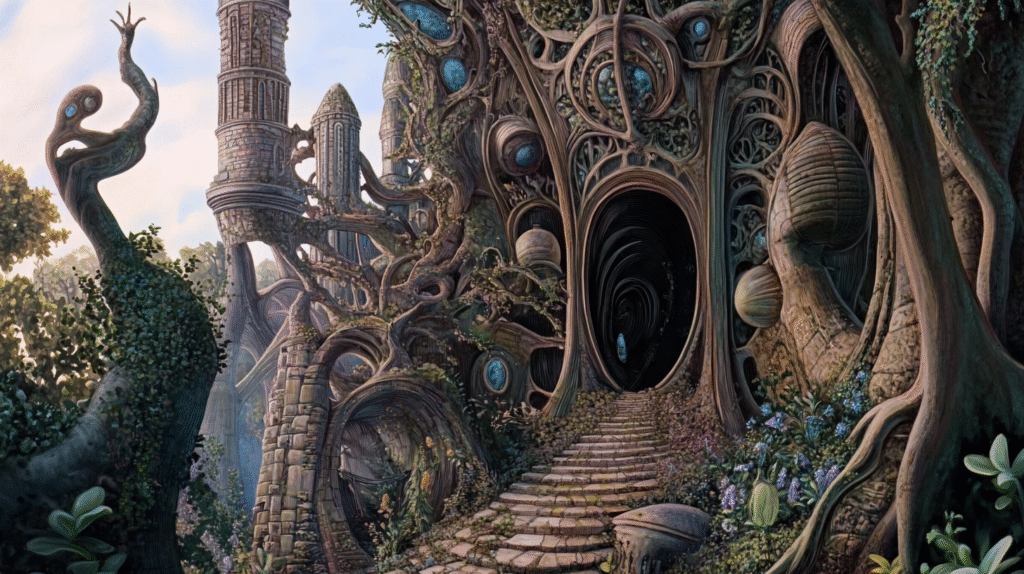 AI-Generated Image
AI-Generated Image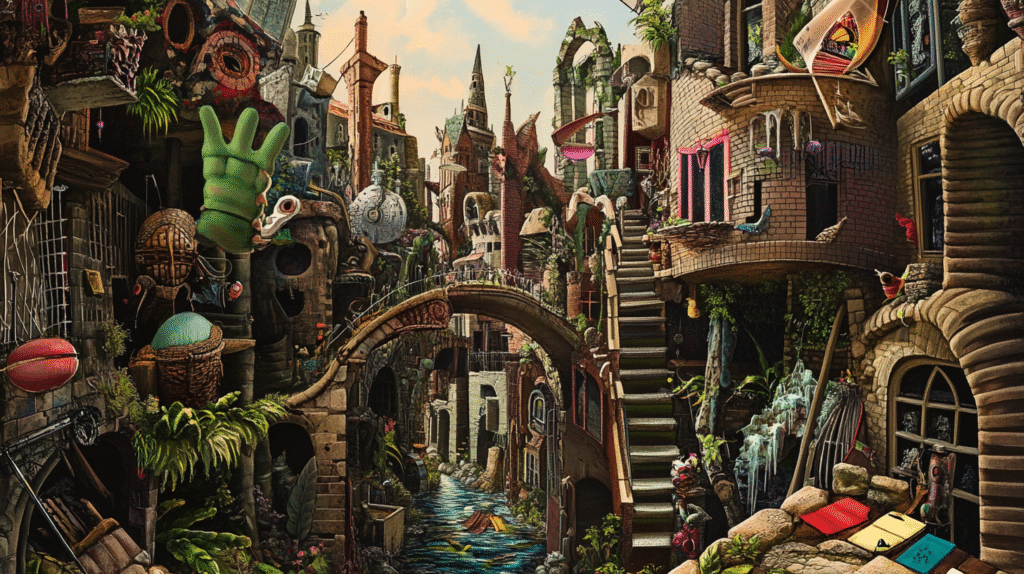 AI-Generated Image
AI-Generated Image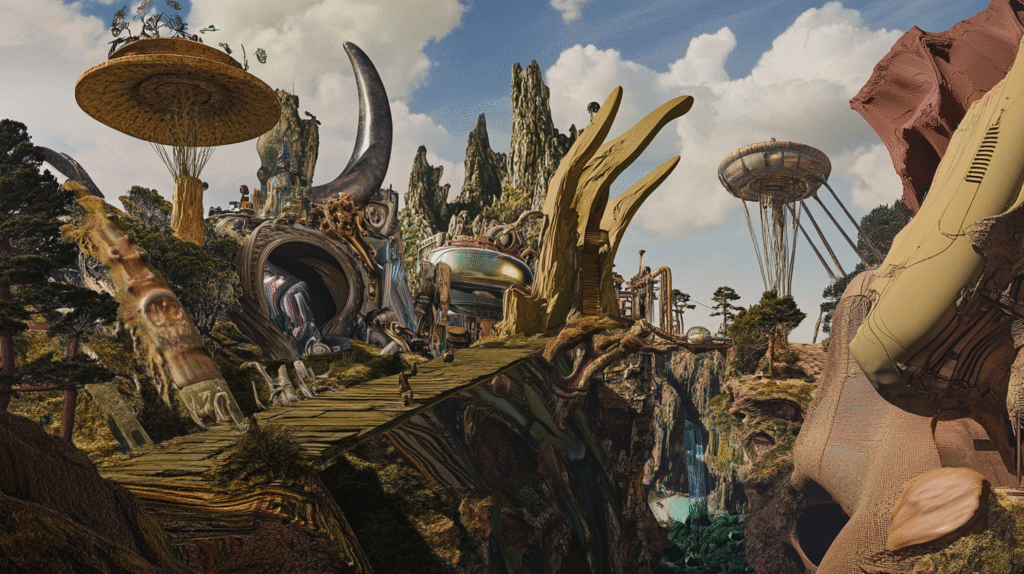 AI-Generated Image
AI-Generated ImageFrequently Asked Questions
What is the main goal of Photorealism?
The main goal of Photorealism is to replicate the appearance of high-resolution photography with extreme precision and detail.
When did Photorealism emerge as an art style?
Photorealism emerged in the late 1960s and early 1970s.
What subjects are commonly depicted in Photorealism?
Common subjects in Photorealism include urban scenes, portraits, vehicles, glass, metal, and reflective surfaces.
